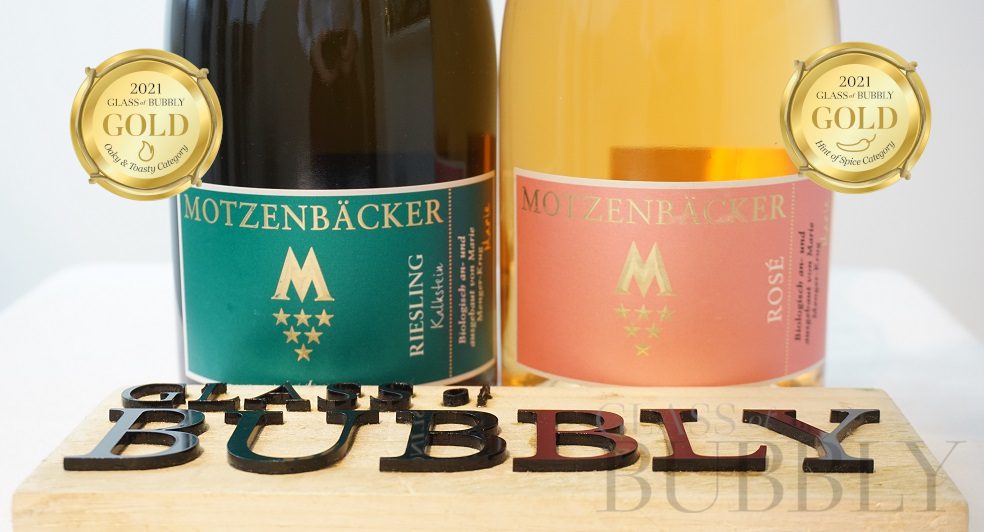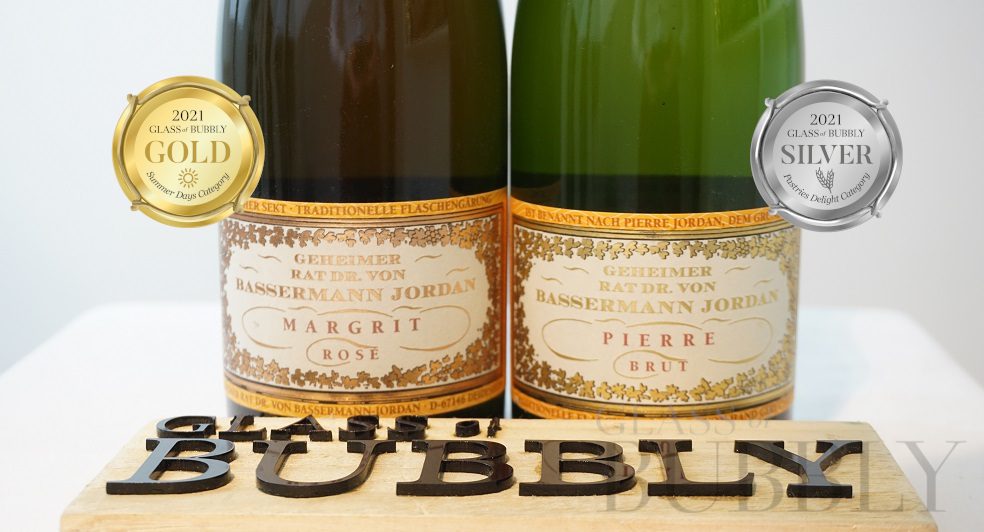Discover the Pfalz Wine Region
22nd February 2022

A Wine Region containing the World’s Largest Wine Barrel and the World’s Oldest Bottle of Wine, read on to learn more about this fascinating region.
Pfalz covers 23,554 hectares (58,178 acres) of vineyards in Germany, it runs from the south of the German city, worms to the French border of Alsace, incorporating the Rhine plain, the foothills of the Palatinate Forest and the densely forested Haardt Mountains.
Accounting for one-third of the Wine purchased domestically in Germany, Pfalz is Germany’s second biggest wine region, following behind Rheinhessen.
The region’s name comes from the Latin word palatium, which means ‘palace’, it first received that name in 1838.
As with any vineyard, you have grape varieties, the Pfalz region is known for planting some of the following grape varieties.
- Riesling
- Chardonnay
- Pinot Noir (Spätburgunder)
- Pinot Blanc (Weißburgunder)
- Pinot Gris (Grauburgunder)
- Portugieser
- Kerner
- Dornfelder
These grapes are grown on clay, chalky loam, coloured sandstone and marl. Pfalz is considered one of Germany’s warmest regions, but it still achieves a mild climate due to the slopes of the Palatinate Forest.
With Slovenia holding the record for the World’s Oldest Vine, it is Germany that holds the record for the World’s Largest Wine Barrel, it is located in the Heidelberg Tun, it was built in 1751 and is able to hold 220,000 liters (58,124 gallons) of wine, it stands at seven meters high and eight and a half meters wide, it even has a staircase leading up to a dance floor on the top of the barrel, so you can very comfortably dance on top of a wine barrel, I wonder how many people have that on their bucket list!
Although talking about barrels, if you wanted to have a meal or a drink inside one, then the Giant barrel Bad Dürkheim is open to visitors, it is a wine and food restaurant, it was built in 1934 and if it was a real wine barrel would be able to contain 1.7 million liters (373947.7221 gallons) of wine.
Pfalz
Pfalz is on one of the best known wine routes in the world, The German Wine Road,
The Speyer Wine Bottle, otherwise known as Römerwein, is to date, the oldest wine (remaining liquid grape wine) in the world. It currently resides at the Historical Museum of the Palatinate in Speyer, it is one of Germany’s cultural treasures.
The wine is said to have been bottled between the years 325-350 after Christ, if you’re trying to do the math, it’s about 1650 years old. The Wine is in a greenish-yellow, cylindrical glass bottle with two handles connected to the bottleneck (dolphin-shaped handles). The bottle was discovered during an excavation of a 4-century AD Roman nobleman’s Tomb near Speyer in 1867, the bottle size is 1.5 liters, although isn’t full, a clear liquid can be seen in the bottle, with a mixture similar to rosin sitting on top.
Although it’s wine, it has been reported that it is no longer alcoholic, they believe that 3 parts of the liquid is wine, with it being infused with a mixture of herbs, the reason the wine has survived so long is because of the large amount of thick olive oil that was added to the bottle to seal out the air, along with a hot wax seal.
Scientists have of course considered opening the bottle to analyze the wine further, but they don’t really know what would happen to the wine once it comes into contact with air again, it might be just fine, it could go off or it might even evaporate. So for now it remains sealed.
Deidesheim
Deidesheim is one of the small villages in the Pfalz wine region, it only has around 3,700 inhabitants, but wine is at the heart of many of them, two of their biggest folk festivals are centered around wine, Deidesheimer Weinkerwe (Wine Fair) and Geißbockversteigerung (Billygoat Auction). Thanks to Wikipedia I’ve got some interesting statistics:
- 23.9% of this area is used for agriculture, with most of that being grape-growing for wine.
- 67.9% of it is wooded.
- 0.6% is water.
- 7.4% is residential or transport-related.
- 0.1% other.
The village of Deidesheim was first documented in 699, with the first record of winemaking coming soon after in 770.
Although being a small town, Deidesheim has been conquered multiple times, their limited fortifications to protect themselves didn’t prove useful when they were conquered during 1396, 1460, 1525, 1552, several times in the Thirty Years’ War, and in 1689 and 1693 the Nine Years’ War. Not all of these times were peaceful, sometimes their town would be plundered and even set on fire.
The town has also been owned by France, it was taken by them in 1794, taken back by Imperial troops in 1795, but not for long, as France took it back until Napoleon got exiled to Elba in 1814. Then during The First World War in 1918 French troops strolled into town, they stayed until July 1930, when France withdrew from the Rhineland.
They were more fortunate during World War II, but on the 9th of March 1945, a bomb landed on a local infirmary killing nine people. The American’s were the last to take control of the town on the 21st of March 1945.
The Castle in the feature image is the Hambach Castle, located in the Pfalz Wine Region, just 20 minutes from the village of Deidesheim, its surrounded by a luscious forest, then a sea of beautiful vines.
Examples of Sparkling Wine From Pfalz
You might have heard of these two wineries, but if you haven’t then you might be interested in their stories.
Motzenbäcker and Bassermann-Jordan are both located in the small highly prestigious wine-growing village, Deidesheim, in the Pfalz Wine region,
Motzenbäcker

Motzenbäcker has a history dating back to 1758, currently, 4 generations of the Menger-Krug family are onboard helping create Motzenbäckers Wines & Sparkling Wines, each of the family members have their own specialist fields and each gift new ideas to their Wine & Sparkling Wine, they all reside in the wine estate Krug´scher Hof and Motzenbäcker.
Marie Menger-Krug is the brilliant Winemaker at Motzenbäcker, ensuring the quality is always at its highest. All the grapes used in a bottle of Motzenbäcker are grown on their land and they even have vines going on 40 years old.
Motzenbäcker also have their own large oak barrels, they are made with lumbered wood on the first full moon, they contain only their very best wines, with just their Chardonnay and Riesling grapes gaining entry, where they rest ripening for 11 months.
You can find out more about Motzenbäcker and the people who help make the wines right here.
Bassermann-Jordan

The family dynasty that helped establish Bassermann-Jordan has been in operation for the past 300 plus years, generation after generation have had their chance to mold this German Winery.
The team behind Bassermann-Jordan are skilled and are constantly keeping up to date with the knowledge required to push the winery forward, taking care of their vineyards is important to Bassermann-Jordan, they spare no expense ensuring that they produce the finest quaily.
Johann Wolfgang von Goethe, the famous German poet, playwright, novelist, scientist, statesman, theatre director, and critic once ordered a bottle of 1811 wine from Bassermann-Jordan for a spa day.
Their wines were also famously toasted at the opening of the Worms Rhine bridge – At the wedding between Gustav von Bohlen and Halbach with Bertha Krupp – and at the signing of the Versailles surrender treaty after the Franco-Prussian War in 1871.
Infomation Credits – Wikipedia Deidesheim – Luxe Adventure Traveler – Wikipedia Speyer Wine Bottle – Palatinate Wine Region
![]()
Oliver Walkey
Champagne and Sparkling Wine Writer, Focused on Bringing the Exciting and Fascinating World of Bubbly to You.
